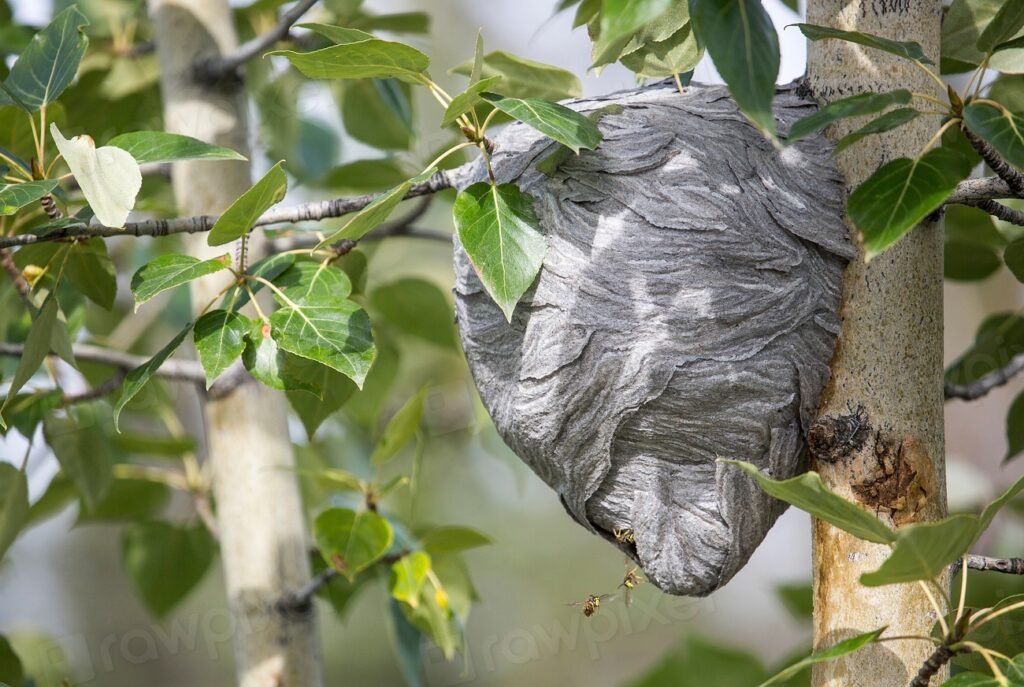Imagine walking through a forest after a rainstorm. The air smells earthy and fresh, and under your feet, mushrooms quietly push up through the damp ground. But what if these humble fungi held a secret power—not just to decompose leaves, but to heal entire ecosystems ravaged by oil spills? It sounds almost magical, but science is unlocking the truth: mushrooms are emerging as unexpected heroes in the fight against pollution, offering hope where nature has been wounded. As oil spills continue to threaten our soil and water, researchers and environmentalists are turning to these remarkable organisms for salvation.
The Hidden Superpowers of Fungi
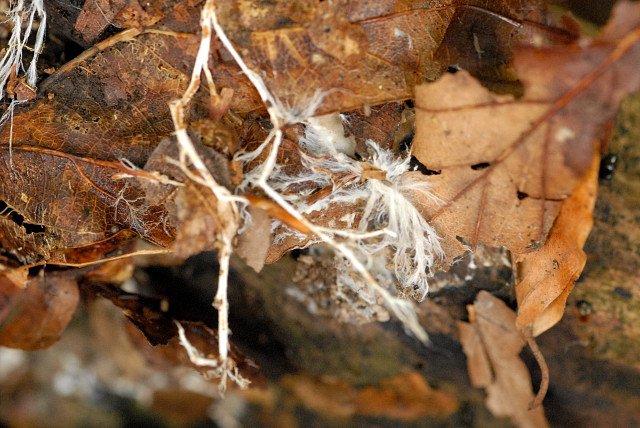
Mushrooms, often overlooked in the world of plants and animals, are actually the fruiting bodies of fungi—a kingdom all their own. Beneath the surface, sprawling networks called mycelium stretch out like living webs, digesting organic matter and recycling nutrients. What makes fungi truly astonishing is their ability to break down complex molecules, including some of the most stubborn pollutants on Earth. Scientists have discovered that certain mushroom species can digest hydrocarbons, the main components of oil, turning toxic sludge into harmless compounds. This natural process, called mycoremediation, is now at the forefront of ecological innovation.
How Oil Spills Damage Soil and Ecosystems
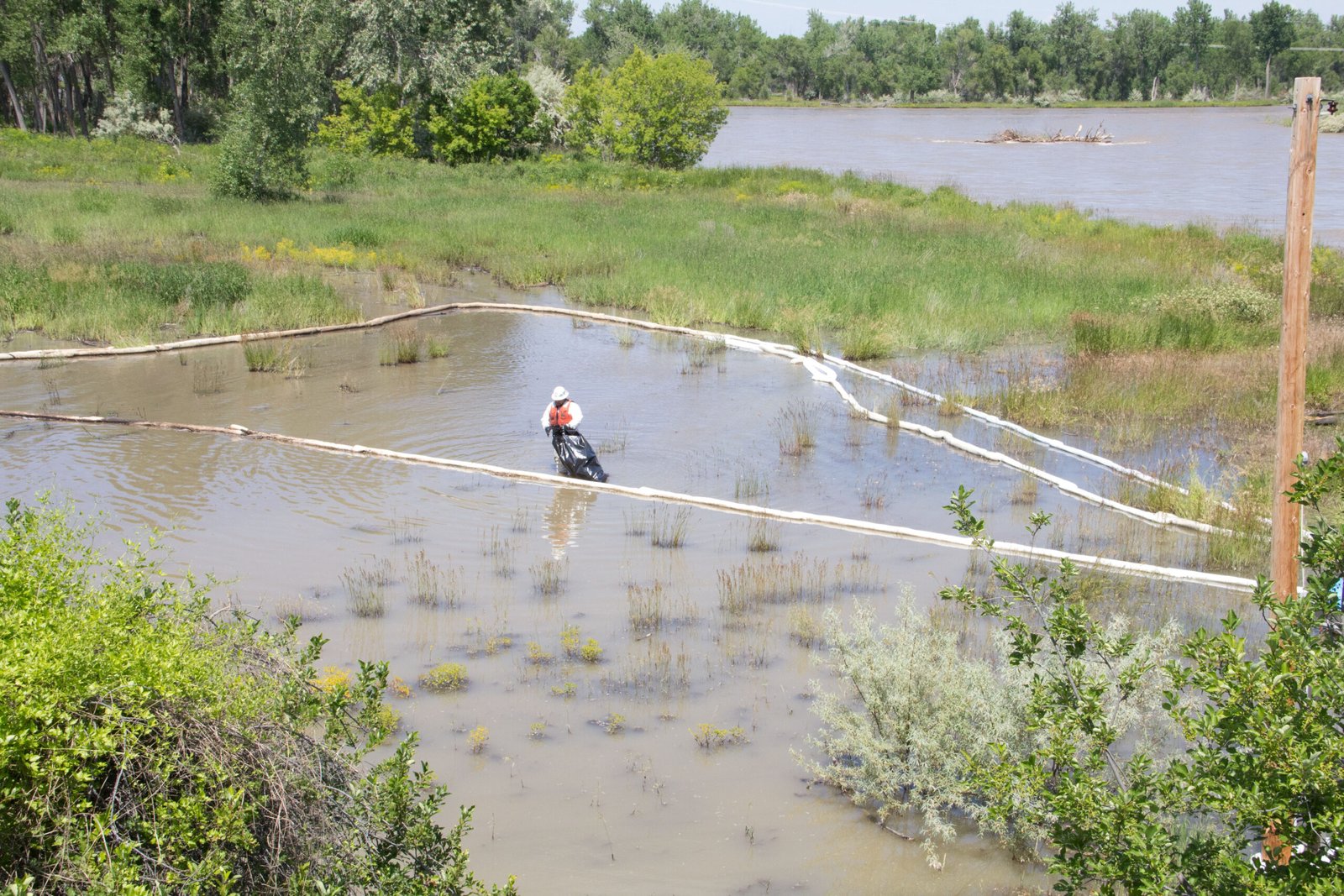
Oil spills are environmental disasters that devastate soil, water, and wildlife. When oil soaks into the ground, it suffocates plant roots and poisons the tiny organisms that keep soil healthy. This contamination can linger for years, making it nearly impossible for native plants to regrow. Animals that depend on these plants for food and shelter also suffer, leading to a ripple effect throughout the entire ecosystem. Traditional cleanup methods often involve harsh chemicals or physically removing contaminated soil—approaches that can cause further harm. The search for gentler, more effective solutions has led scientists to take a closer look at what mushrooms can do.
Mycoremediation: Nature’s Cleanup Crew
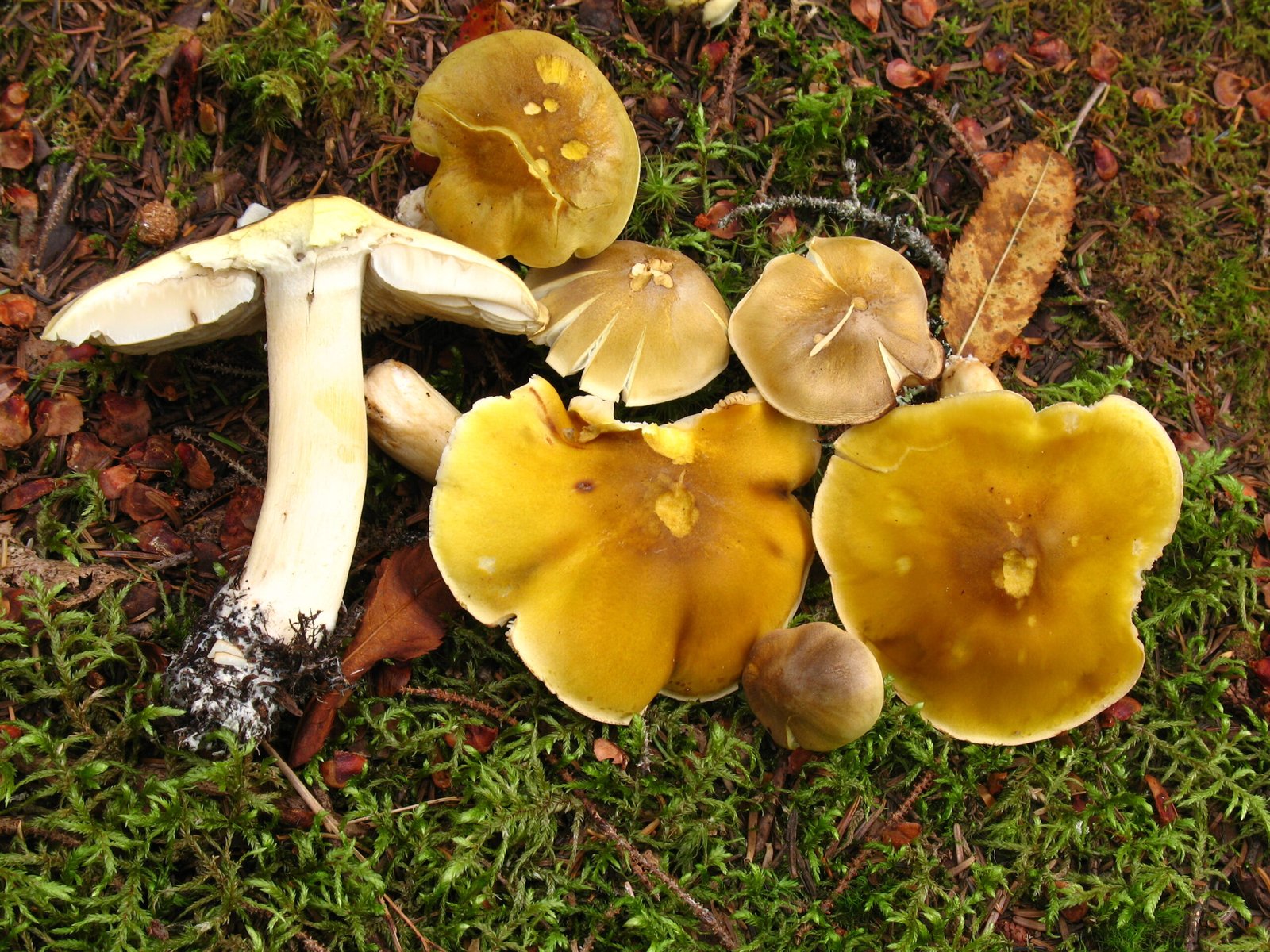
Mycoremediation is the use of fungi to clean up toxic environments, and its potential is staggering. Fungi release special enzymes that can break apart long chains of hydrocarbons found in oil. As the mycelium grows through contaminated soil, it transforms hazardous chemicals into water, carbon dioxide, and other harmless substances. Unlike many chemical treatments, this process is gentle on the environment and does not leave behind dangerous residues. The result is not just cleaner soil, but soil that is alive and ready to support new life—a true act of ecological restoration.
The Science Behind Mushroom Power
At the heart of mycoremediation is the remarkable chemistry of fungal enzymes. Mushrooms like oyster (Pleurotus ostreatus) and turkey tail (Trametes versicolor) produce enzymes called lignin peroxidases and laccases. These enzymes are naturally designed to break down tough plant materials like wood, but they also work wonders on petroleum products. When these mushrooms are introduced to oil-polluted soil, the enzymes attack the oil molecules, cleaving them into smaller, less toxic pieces. Over time, the mushrooms convert these pollutants into nutrients that other plants and animals can use. This process is not only effective but also elegantly simple—a testament to the power of nature’s own chemistry set.
Real-World Success Stories
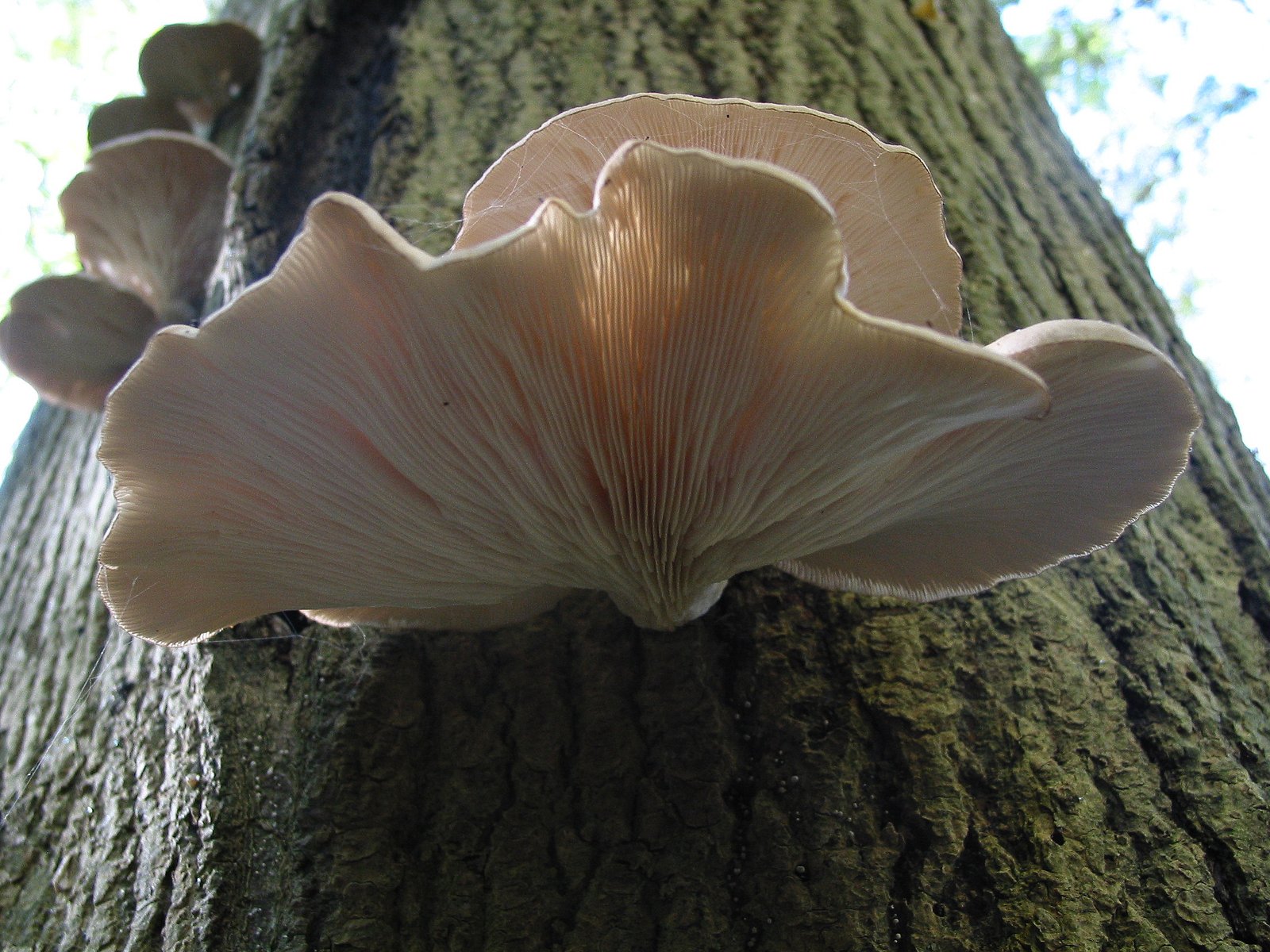
The use of mushrooms to clean up oil spills is not just a laboratory dream—it’s happening in fields and forests around the world. For example, after a major oil spill in the Pacific Northwest, environmentalists inoculated contaminated soil with oyster mushroom spores. Within months, the once-dead earth was teeming with new plant growth, and toxic residues had faded to safe levels. In other places, community groups have used mushroom-infused “biobags” to filter oil out of stormwater before it reaches rivers and lakes. These inspiring stories show that mycoremediation can make a real difference, even in places where hope once seemed lost.
The Role of Citizen Scientists and Volunteers
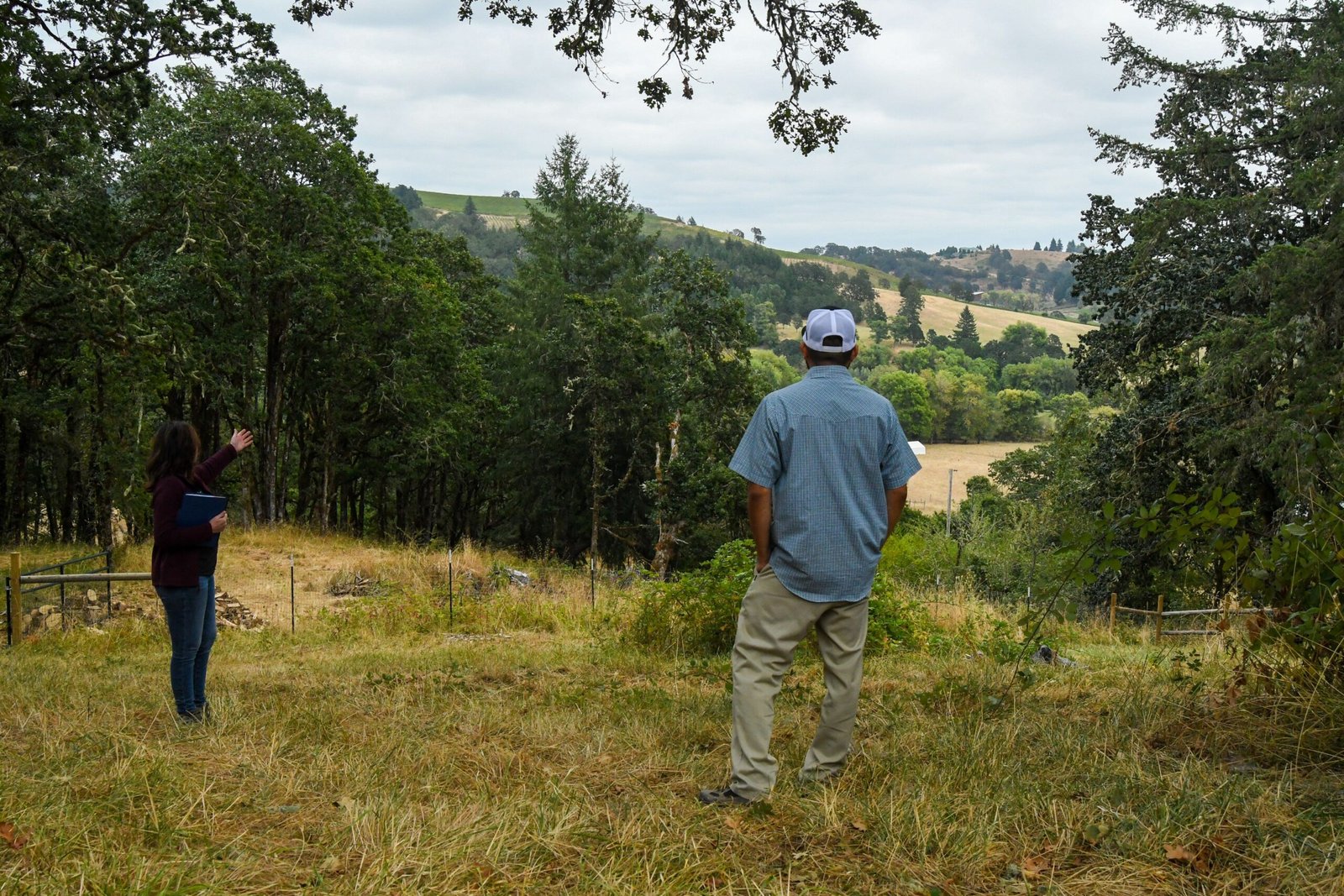
One of the most heartening aspects of mushroom-based cleanup is that it empowers ordinary people to take action. Unlike many high-tech solutions, mycoremediation techniques can be learned and applied by volunteers and community groups. Workshops teach participants how to grow mushroom spawn and apply it to polluted sites. In urban gardens, activists use mushroom beds to restore contaminated lots, turning eyesores into green spaces. This grassroots approach not only heals the land but also brings people together, building a sense of purpose and connection with nature.
Challenges and Limitations
Despite their promise, mushrooms are not a magic bullet for every oil spill. The success of mycoremediation depends on many factors, including the type of oil, soil conditions, and climate. Some pollutants are too concentrated or mixed with other chemicals that inhibit fungal growth. There’s also a need for careful monitoring to ensure that the mushrooms themselves do not introduce new problems, such as spreading non-native species. Scientists continue to study these challenges, working to refine techniques and identify the best fungal strains for each situation. While hurdles remain, the overall outlook is hopeful.
Partnerships Between Science and Industry
The growing popularity of mycoremediation has sparked collaborations between researchers, environmental organizations, and industry. Oil companies, once skeptical, are now funding studies to explore how fungi can help meet environmental regulations and restore spill sites. Universities partner with local governments to test new methods on contaminated land. These partnerships are essential for scaling up successful projects and integrating fungal cleanup into broader environmental strategies. As more success stories emerge, mushrooms are gaining respect as a legitimate tool in the battle against pollution.
Beyond Oil: Other Pollutants Mushrooms Can Tackle
The ability of fungi to break down oil is just the beginning. Researchers have found that mushrooms can also detoxify heavy metals, pesticides, and even radioactive materials. In one dramatic example, mushrooms were used to help clean up soil contaminated by the Chernobyl nuclear disaster. By absorbing and transforming dangerous substances, fungi act as powerful allies in the ongoing fight to restore damaged ecosystems. Their versatility makes them a valuable addition to any environmental toolkit, offering hope for challenges far beyond oil spills.
How You Can Get Involved
For those inspired to make a difference, there are many ways to support the use of mushrooms in environmental cleanup. Local conservation groups often seek volunteers for mycoremediation projects or educational outreach. Anyone with a backyard can experiment with cultivating mushrooms and learning about their ecological benefits. Supporting organizations that promote sustainable, nature-based solutions helps drive research and public awareness. Whether you’re a scientist, gardener, or simply a concerned citizen, mushrooms offer a tangible way to participate in healing the planet.
The Promise of a Greener Future
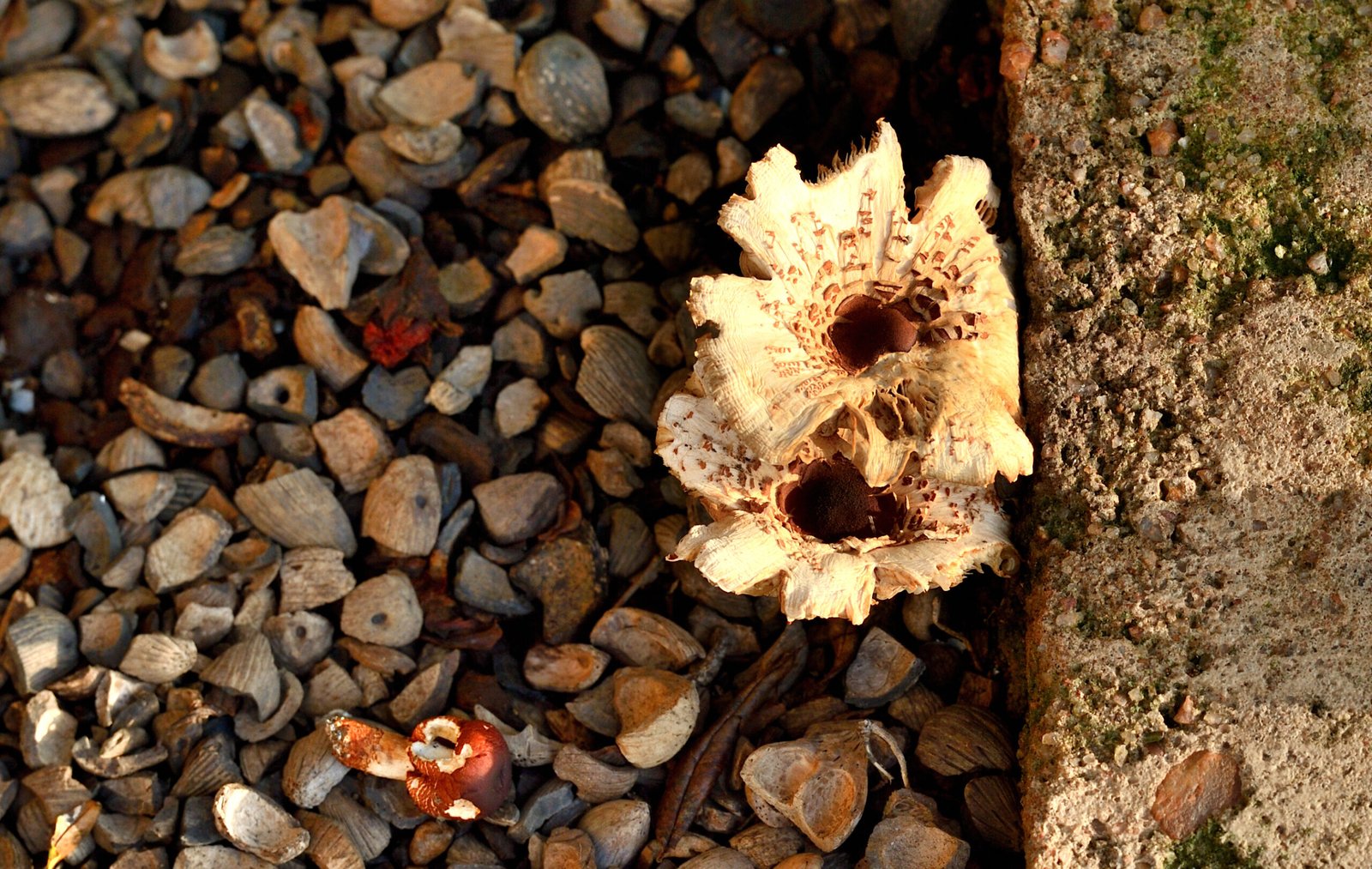
In a world where environmental crises seem overwhelming, the humble mushroom stands as a symbol of hope and resilience. By harnessing the power of fungi, we can clean up oil spills, restore damaged soil, and create healthier communities. The journey is still unfolding, but each new discovery brings us closer to a future where nature and technology work hand in hand. Isn’t it astonishing to think that the solution to some of our biggest problems might have been quietly growing beneath our feet all along?



